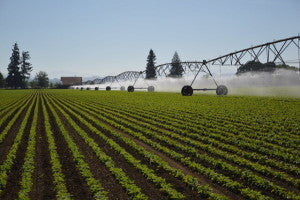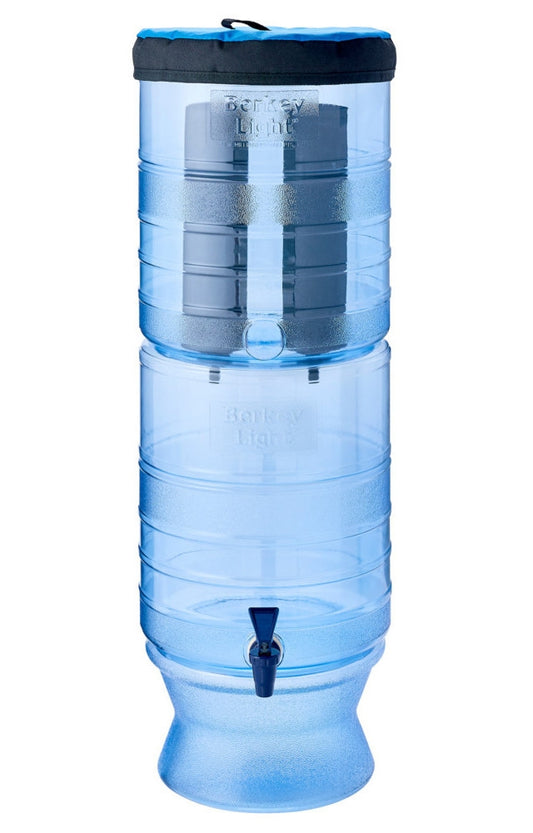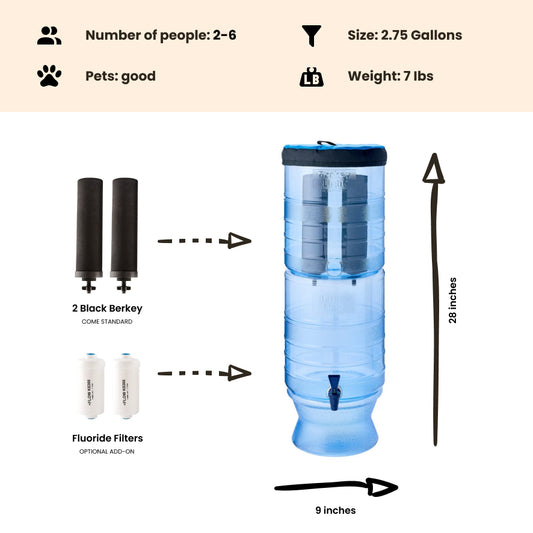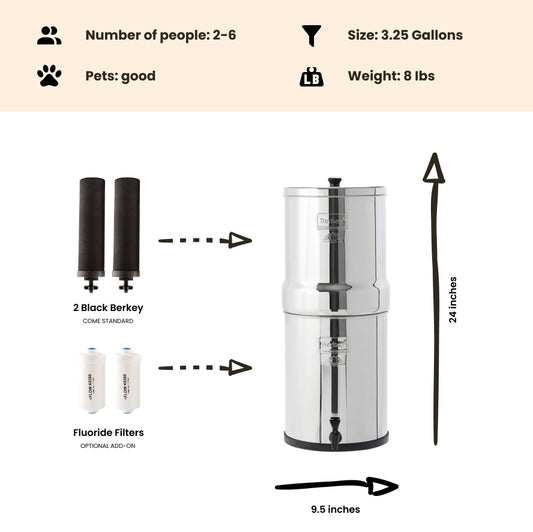
Study Suggests Strategies to Improve Water Resilience During Periods when Water in Scarce
By Dan DeBaunShare
A recent study conducted by researchers from the University of California, Irvine has revealed that nearly a fifth of the global population resides in a water basin that is stressed, putting their access to vital water resources needed for agriculture, drinking water and industrial uses at risk by events driven by climate change.
For the study, which was recently published in the scientific journal Nature Sustainability, the researchers analyzed global water usage trends between 1980-2016, focusing specifically on inflexible water consumption, which would be difficult to curtail due to the social and economic impacts this would have on society. These include water that is used for irrigation of perennial crops, providing a source of drinking water for humans and livestock, storage of water in dams and reservoirs, and water that is used for cooling power plants.

During a prolonged drought, annual crop fields can be left fallow without causing lasting economic damage, but almond groves, such as these in California's Central Valley, require consistent irrigation to stay alive. UCI researchers paid special attention to such flexible and inflexible water uses in a new study published in Nature Sustainability.
"Many studies evaluating water scarcity have mainly centered on the share of the available supply being consumed by humans, but this ignores the fact that some uses are more flexible or productive than others," explains Yue Qin, a UCI postdoctoral scholar in Earth system science, and lead author of the study. "By looking at how water is actually used, we can begin to see what water is really difficult to do without and if there are any opportunities for savings in other areas."
The researchers developed a water stress index which considers the following factors: water scarcity, flexibility, as well as variability (looking at annual runoff compared to water storage capacity) of water supplies globally. Assessing watersheds across six continents, they pinpointed several hotspots — areas/regions where a heat wave or drought event could strain water reserves — but also identified several opportunities to conserve water by implementing new technologies and improved management practices.
The authors reveal that the top 10% of the world's most stressed river basins support nearly a fifth of the global population, a fifth of thermal electricity produced, and a third of irrigation water used for agricultural crop production. The researchers found that the worst affected regions had become increasingly water stressed over the 37-year observational period.

AUMSVILLE, Ore. – Father-son farmers Steve and Daniel Keudell are seeing tremendous energy and water savings on their 1,600-acre vegetable farm, thanks to energy-efficient linear irrigation systems installed with financial assistance from USDA’s Natural Resources Conservation Service (NRCS). NRCS is helping farmers in Marion County convert to low-pressure, efficient irrigation systems, as part of a strategic groundwater conservation initiative in the Stayton-Sublimity Restricted Groundwater Priority Area. The new linear irrigation systems are up to 30 percent more efficient than other systems typically used in the area (such as big guns), and they save significant water and energy. Over time, these water savings reduce the strain on the groundwater priority area and allow the aquifer to stabilize. NRCS photo by Tracy Robillard, June 2015.
According to the study, Asia and North America both exhibit high water stress indices, which is compounded further by large exposure in terms of the total human population and livestock that are supported by these resources, irrigation water required to produce crops, reservoir capacity and electricity generation. These uses are especially vulnerable to water stresses induced by heat waves and drought events.
"The new index tells us where water issues are greatest and for what reasons, so decisions now don't limit our options and ability to be resilient in the future," said Thomas Torgersen, a program director in the National Science Foundation's Division of Earth Sciences, which funded the research.
By analyzing what water was used for in specific river basins, and how flexible this water use was, the researchers were able to identify several opportunities for conserving water and building resilience to the water scarcity risks presented by climate change.
Water Conservation Strategies
Some key river basins with high water stress indices combined with high water demand for food production, power generation or reservoir maintenance include the Nile river basin (Africa), the Lake Balkhash and Tigris-Euphrates river basins (Asia). Potential ways that water could be conserved include using dry cooling methods to cool power plants rather than freshwater resources — this switch could decrease water used for cooling by as much as 95% in the Lake Balkhash basin. In the case of the Nile river basin, the introduction of technologies such as floating photovoltaic covers, suspended shades and monomolecular films could reduce evaporation from dam surfaces by as much as 90%.
The authors believe this study is similar to current work on reducing carbon emissions, and much like teasing out where carbon emissions can be reduced without impacting global energy production, the study provides insights on where there may be flexibility to allow water to be conserved without severely impacting the populations and industries that are dependent on these resources.
"Given the limited political capital and resources when you're developing new technologies and policies, where do you focus those efforts for the most potential benefit?" asks Julie Zimmerman, professor of green engineering at the Yale School of Forestry & Environmental Studies, and co-author of the study. "We can't solve these problems in isolation. This study reinforces the linkages between these systems and why we need to be holistic in our approaches."
Journal Reference
Yue Qin, Nathaniel D. Mueller, Stefan Siebert, Robert B. Jackson, Amir AghaKouchak, Julie B. Zimmerman, Dan Tong, Chaopeng Hong, Steven J. Davis. Flexibility and intensity of global water use. Nature Sustainability, 2019; DOI: 10.1038/s41893-019-0294-2
-
Regular price From $302.00 USDRegular priceUnit price / per
-
Regular price $234.00 USDRegular priceUnit price / per
-

 Sold outRegular price From $305.00 USDRegular priceUnit price / per
Sold outRegular price From $305.00 USDRegular priceUnit price / per -
Regular price $327.00 USDRegular priceUnit price / per
-

 Sold outRegular price From $367.00 USDRegular priceUnit price / per
Sold outRegular price From $367.00 USDRegular priceUnit price / per -
Regular price From $408.00 USDRegular priceUnit price / per
-
Regular price From $451.00 USDRegular priceUnit price / per

Dan DeBaun
Dan DeBaun is the owner and operator of Big Berkey Water Filters. Prior to Berkey, Dan was an asset manager for a major telecommunications company. He graduated from Rutgers with an undergraduate degree in industrial engineering, followed by an MBA in finance from Rutgers as well. Dan enjoys biohacking, exercising, meditation, beach life, and spending time with family and friends.
~ The Owner of Big Berkey Water Filters















